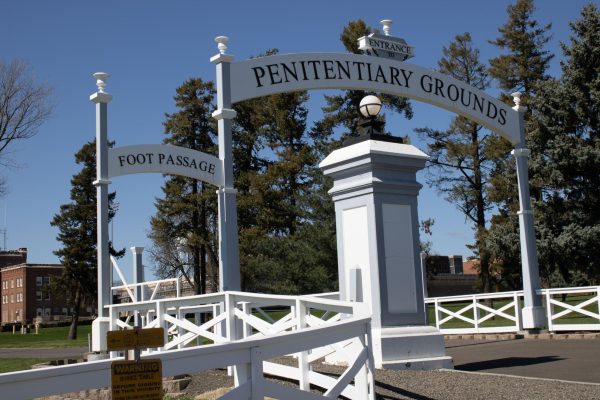Decrease in midterm election turnout
December 8, 2022
Despite record spending on elections, the 2022 midterms marked an estimated overall decrease in the percentage of eligible voters that actually voted. This is a stark contrast from the 2018 midterms, which enjoyed record turnout.
Midterm elections, elections taking place halfway through a four-year presidential term, typically receive considerably less voter participation than presidential elections. During the 2018 midterms, about 53.4 percent of eligible voters voted, compared to 67 percent in the 2020 presidential election.
Notably, in 2022 there were key regional differences, such as the increase in turnout in key swing states such as Arizona, Pennsylvania and Michigan, despite a national decrease.
Despite the decrease in turnout from 2018 to 2022, both elections experienced greater turnout than in the 2014 midterm.
Reelected Walla Walla County Auditor Karen Martin said that 2022 turnout was on par with the county’s expectations.
“Looking at past elections, there seems to be a pattern of ups and downs,” Martin said.
Martin reported county statistics from the past election cycles. In Walla Walla County, 2010 turnout was 71.56 percent; in 2014, it was 59.68 percent; in 2018, it was 74.71 percent and this year, it was 65.81 percent.
Martin also highlighted several ways in which the county had made it easier to vote in recent years.
“Currently, it is easier than ever to register and vote. Citizens can register online, at the DMV, by mail and in person up to 8 p.m. on Election Day,” Martin said. “We mail ballots to [voters], and if they don’t receive a ballot, they can request a new one. In certain circumstances, it can be emailed to them. In the end, it is ultimately up to the voters to get out and exercise their right to vote.”
Martin also stressed that voters need to keep their voting information up to date.
“[Up-to-date information] helps in making sure that [voters’] ballots are mailed to the correct address. Take note of your signatures, [as] over time signatures change. If you think back to when you registered and what your signature looked like then versus now or if you are encountering any issues that affect the way you sign, you may want to get it updated,” Martin said.
The Washington Secretary of State’s office oversees elections for the state. Deputy Director of External Affairs Derrick Nunnally commented on turnout numbers in Washington.
“Turnout was in line with expectations and historic norms, generally. Elections officials statewide had prepared for a participation rate about the same as the previous midterms, 2018, but only 63.8 percent of the registered population voted compared to nearly 72 percent in 2018,” Nunnally said. “Taking into account that in the prior midterm, 2014, just 54 percent of voters participated in the general election, this year’s turnout seems fairly typical.”
Senior Jordy Bluett is a politics major who believes that the Supreme Court’s recent decisions on abortion rights in Dobbs v. Jackson and Roe v. Wade increased voter turnout in younger voters.
“Younger folks have only ever lived in a time where it was the assumption that you had a federal right to an abortion. When things that feel that fundamental are challenged — this also goes with election denialism and generally against-the-grain ideas that can make it through a very right-wing primary — [that] does not play well in a general election,” Bluett said.
Bluett also remarked on the crucial role that young voters play in elections and political activism.
“Young voters aren’t known for voting, but they are known for their activism,” Bluett said. “I think that when the act of voting is an act of activism, like it would be to elect somebody who would protect abortion rights, I think that’s an easier way to drive up turnout.”







